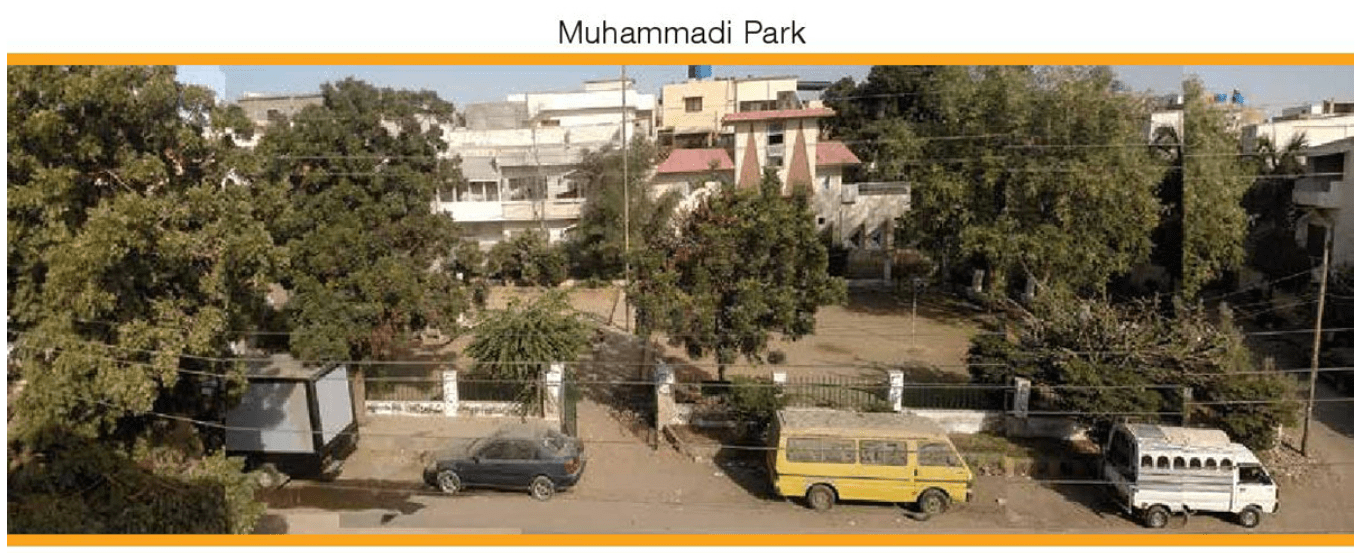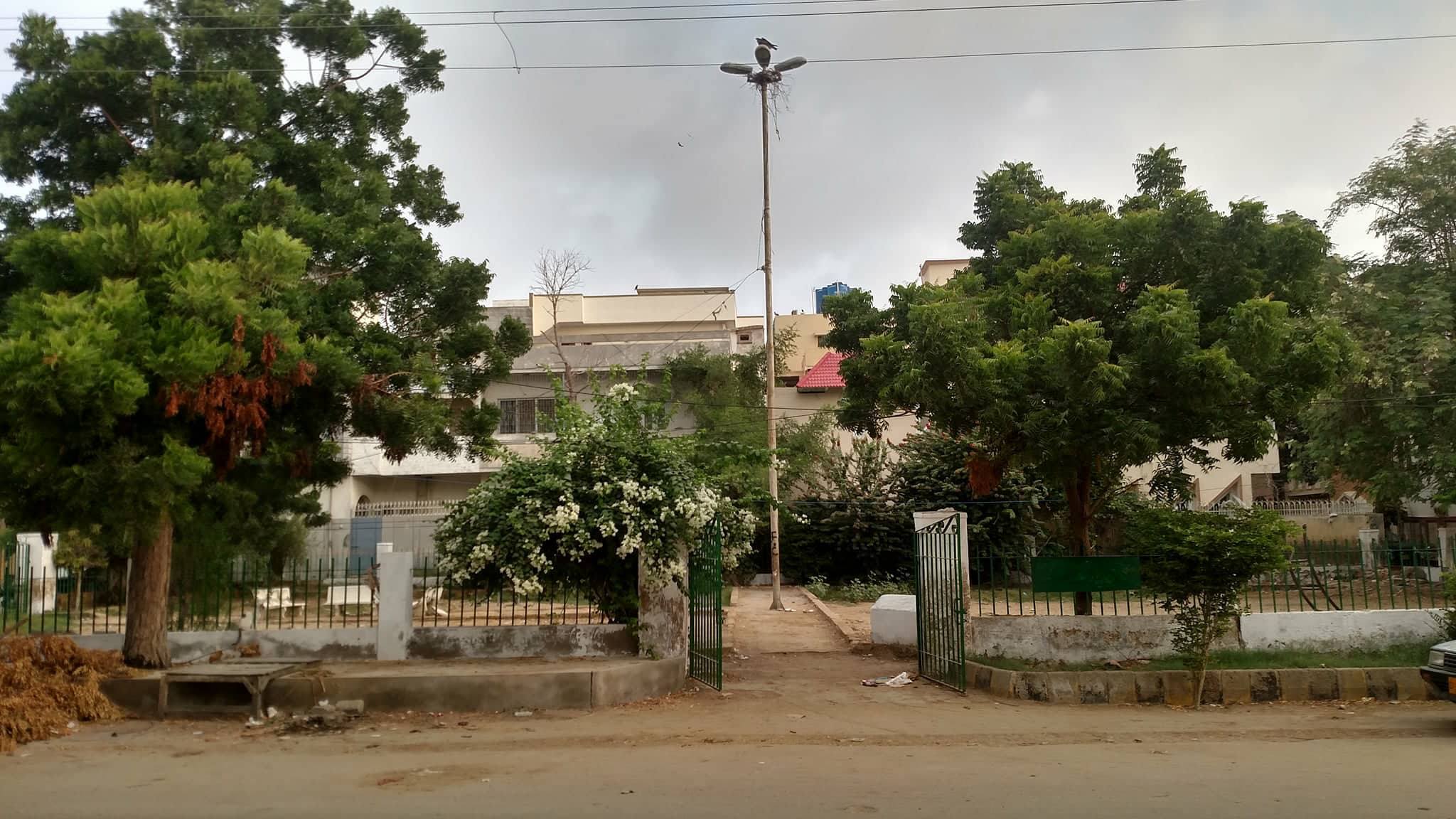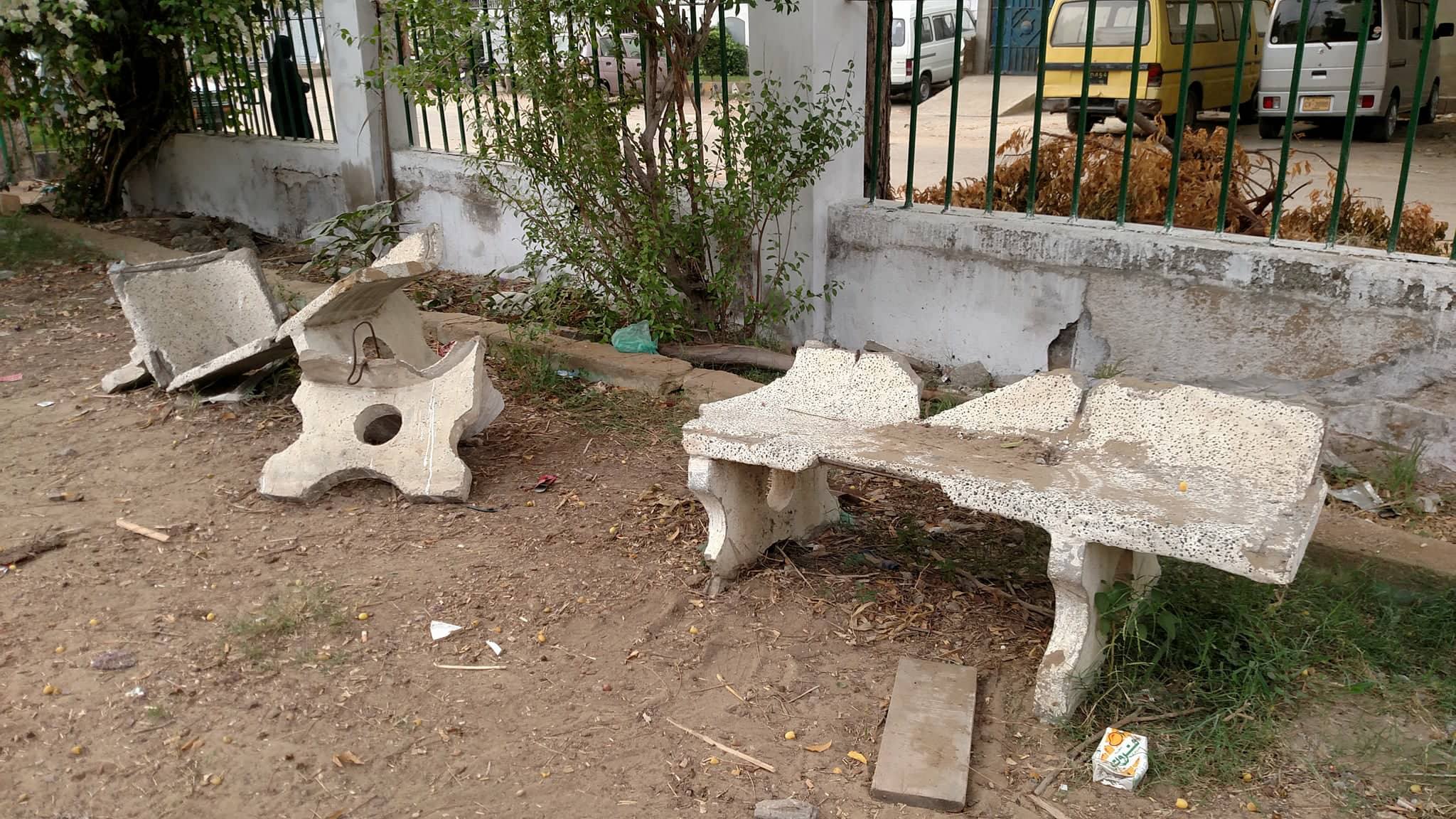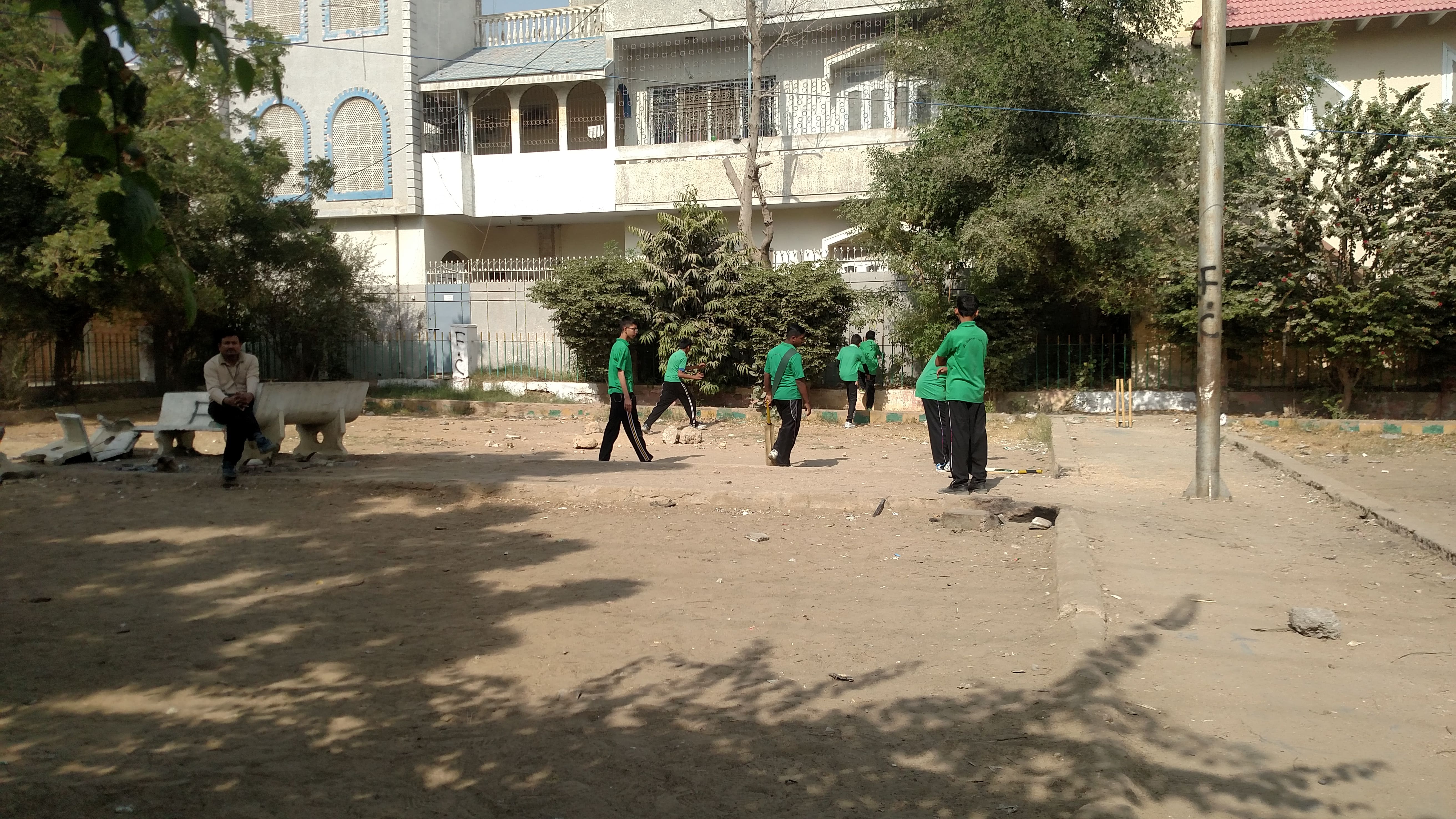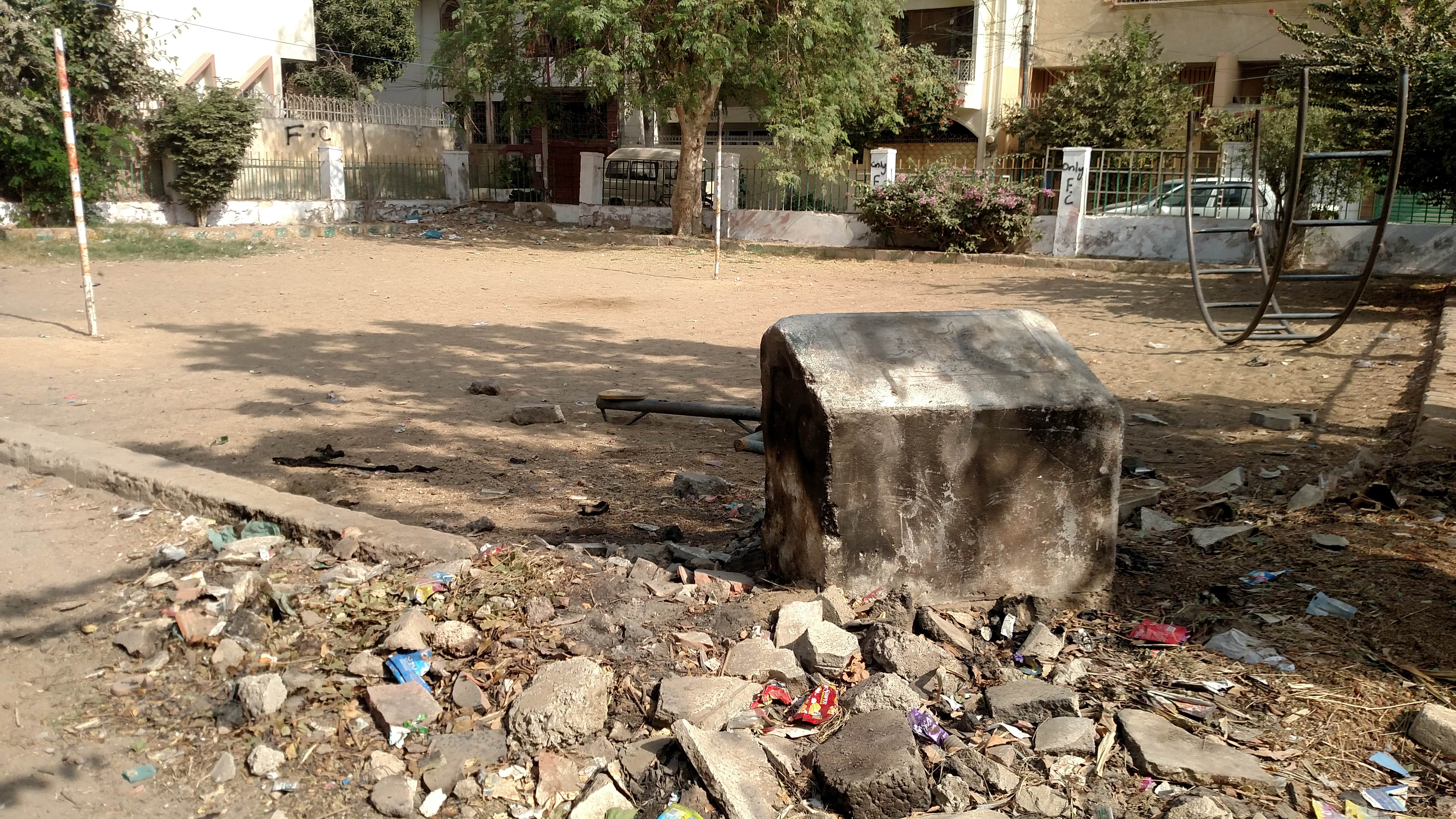Project Overview
The Muhammadi Park Renovation Initiative was a project undertaken to address the lack of proper
playground facilities for schools in sectors 11-A and 11-B of North Karachi. The working class
neighborhood is home to numerous low-budget schools operating in a residential zone, from within houses,
that lack the space and funds to provide playgrounds for their students. After observing the inadequate
educational experience at one of these schools, the project focused on improving Muhammadi Park—a public
space currently used by one of the schools, Al-Hidayat Academy—as a model playground. The playground
itself was deteriorating because of lack of care. The project aimed to create a sustainable system that
could be adopted by other low-budget schools, improving the quality of play for school children and the
neighborhood's residents. Furthermore, it would make the schools take ownership of the parks, ensuring
that these parks are taken care of and are available for use by the community when not in use by school
students.
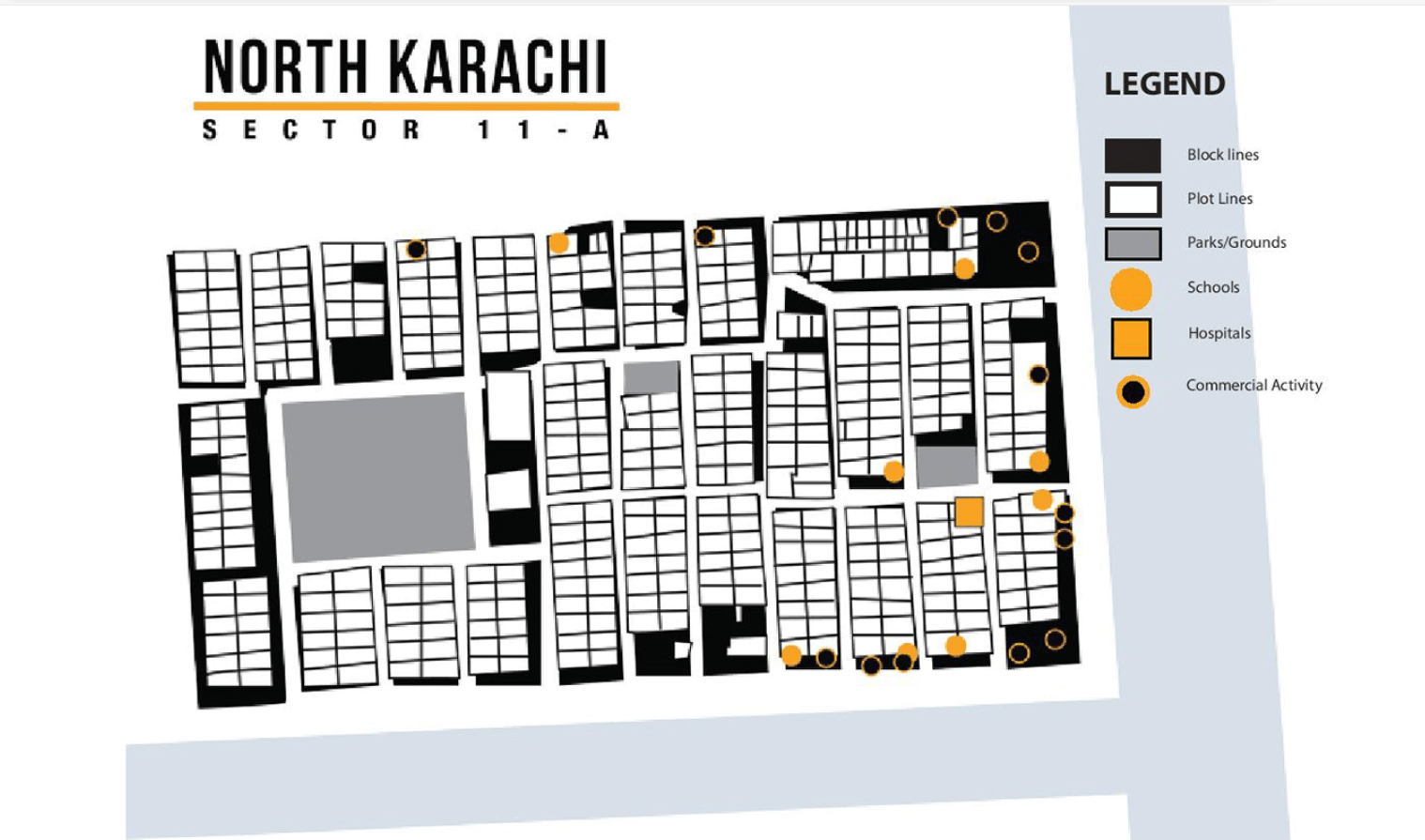
Role
Researcher & Analyst: Conducted comprehensive research on the socio-economic background of the area,
identified stakeholders, and understood the underlying issues affecting Muhammadi Park.
Community Liaison: Engaged with various stakeholders, including school staff, residents, and the Parks
Department, to gather insights and build a collaborative approach.
Designer: Developed a design intervention plan based on the inputs from children and stakeholders,
focusing on enhancing the park’s usability while considering budget constraints and environmental
factors.
Tools Used
Adobe Illustrator: For creating maps and visual representations of the park
Interviews & Workshops: Conducted to gather qualitative data from stakeholders.
Sketching & Prototyping: For visualizing potential design interventions.
Primary and secondary Research: For understanding how similar problems are being addressed around the
world.
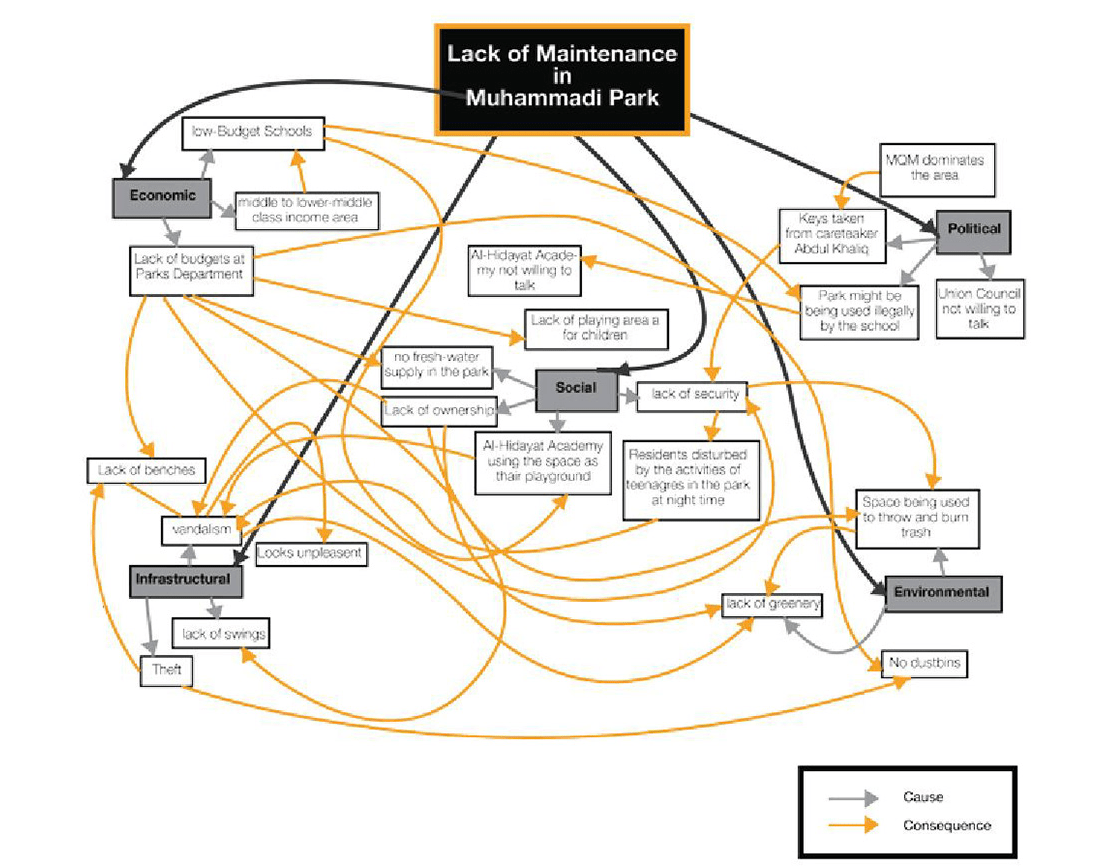
Stakeholder mapping
Process
Problem Identification: Recognized the lack of playground facilities in local schools and identified
Muhammadi Park as a potential solution.
Literature Review: Studies design thinking methods, and looked at case studies from around the world.
Stakeholder Mapping & Engagement: Conducted interviews with local residents, school staff, students
and the Parks Department to understand the challenges and opportunities.
Workshop with Children: Engaged neighborhood children to understand their needs and preferences for
the park, which informed the design intervention. The workshop included providing students with a map of
park and stickers, where they were asked to create a sketch of the park the way they would like to see
it.
Design Intervention: Proposed a redesign of Muhammadi Park focusing on making it suitable for sports
like cricket, football, and badminton, while addressing issues like water scarcity and security.
Community Building: Attempted to create a sustainable community model involving the school and local
residents to maintain and manage the park.
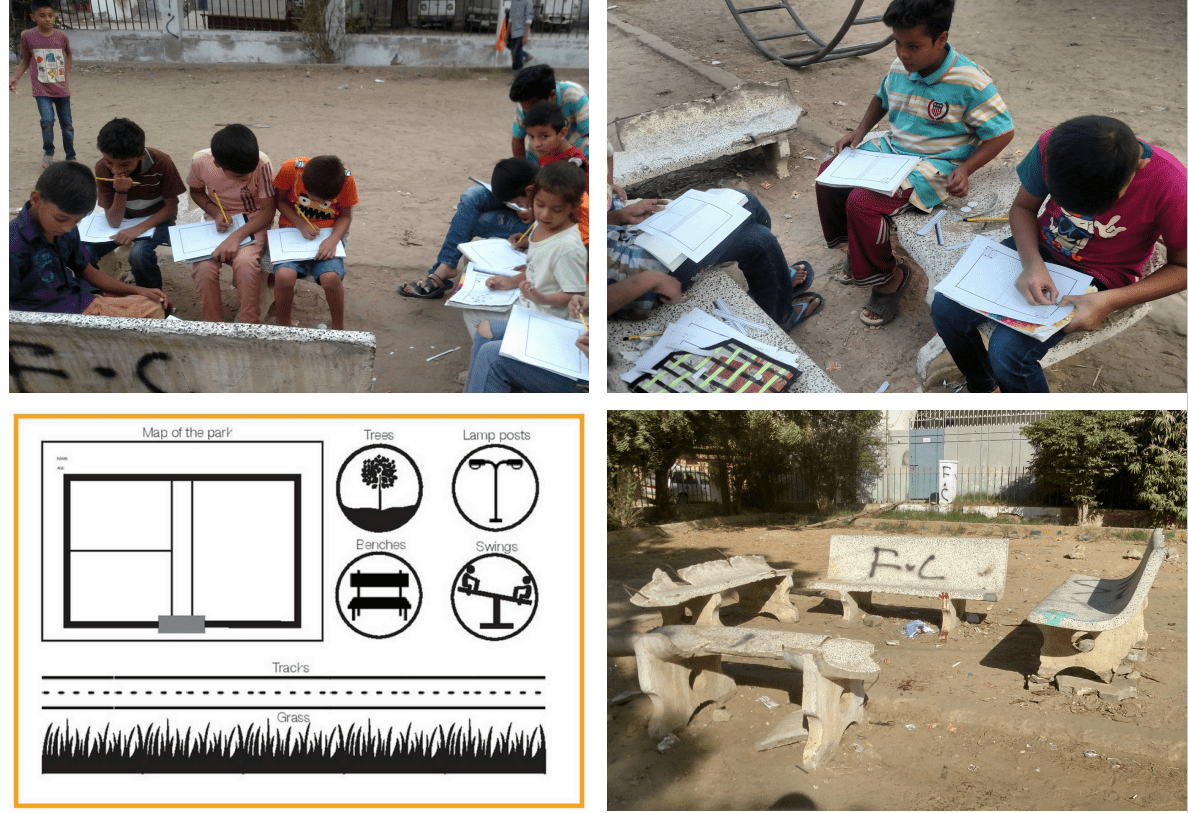
Workshop with children using the park. Each kid was given a map of the park, along with stickers of
trees, benches, tracks and so on. They were then asked to design their ideal park based on how they
would like to use it.
Outcome
Design Proposal: A comprehensive plan was developed to redesign Muhammadi Park into a sports-friendly
playground, addressing the needs of both the school and the community. This proposal was submitted to
the neighborhood union.
Community Involvement: While initial progress was made in building a community around the park’s
renovation, further engagement with Al-Hidayat Academy and the Union Council is required to implement
the project fully.
Sustainability Focus: The proposed design emphasized ecological sustainability by reducing the need
for water and considering the long-term maintenance of the park.
